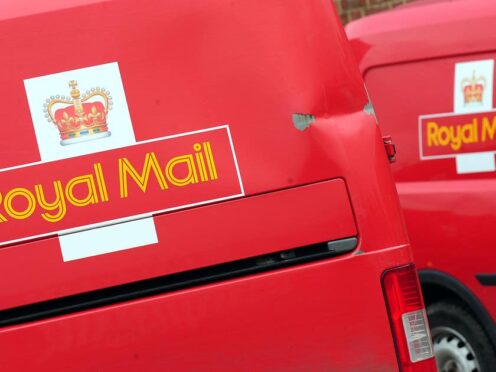China is allegedly flooding Britain with counterfeit Royal Mail stamps, according to a newspaper investigation.
The Daily Telegraph reported that sources close to Royal Mail said fakes from the Asian country were causing a rise in complaints that stamps bought from legitimate stores were being deemed fraudulent, which can result in a £5 penalty.
The newspaper identified four Chinese suppliers offering to print up to one million counterfeit Royal Mail stamps a week. These stamps are being sold for as little as 4p each ahead of delivery to Britain.
The fakes have also been found on Amazon and eBay and websites copying the Royal Mail official store, the newspaper said.
The Telegraph understands these stamps are being bought unknowingly by small retailers, who are allowed to buy stamps from wholesalers rather than from Royal Mail directly.
Post Office minister Kevin Hollinrake told the Daily Mail: “It is key to prevent counterfeit stamps entering our supply chain in the UK.
“The Royal Mail must do everything possible to prevent counterfeits entering our circulation and must establish where they are coming from and how they are entering our marketplace.”
The Times reported that a spokesman from the Chinese Embassy in London called the claims “absurd”.
He said: “It is totally ridiculous, absurd and ill-intentional. How could one imagine a sovereign country triggers war by bringing fake stamps?
“If this case really happened, (the) first thing to do is to have (a) thorough investigation over the internal supply chain, instead of pursuing the attention of (the) media.”
It comes a week after the Telegraph reported Royal Mail is investigating claims that people have been wrongly fined after being sent letters with new barcoded stamps that were deemed to be counterfeit.
A Royal Mail spokesman told PA: “We are working hard to remove counterfeit stamps from circulation.
“We regularly monitor online marketplaces to detect suspicious activity, such as sales of heavily discounted stamps and work closely with retailers and law enforcement agencies to identify those who produce counterfeit stamps.
“We work closely with a number of police forces across the country and in recent cases we have recovered stamps with a retail value of over £250,000.”
